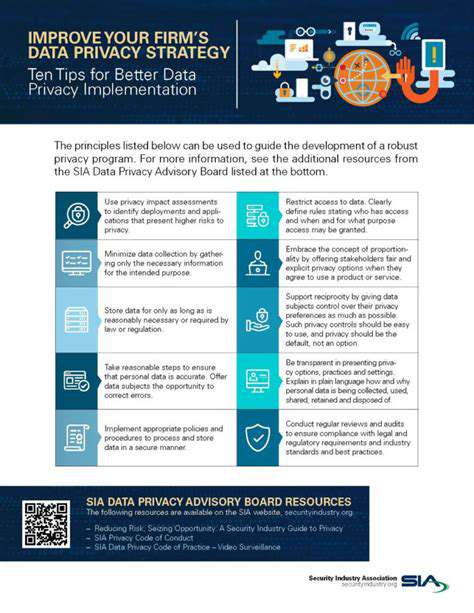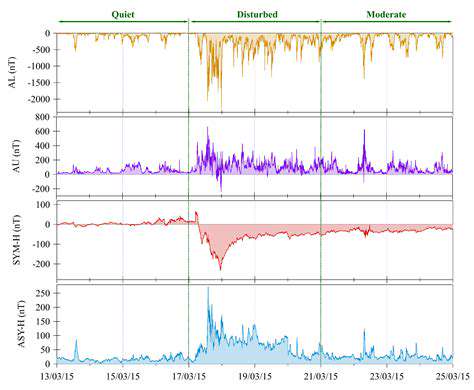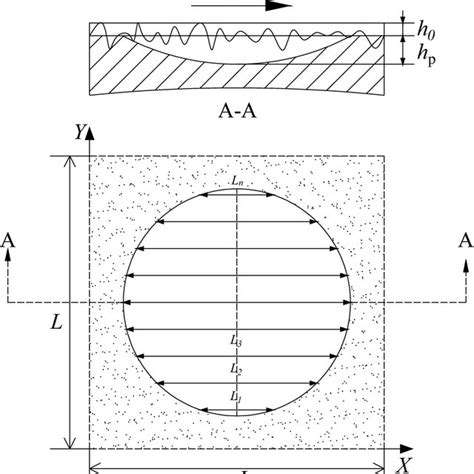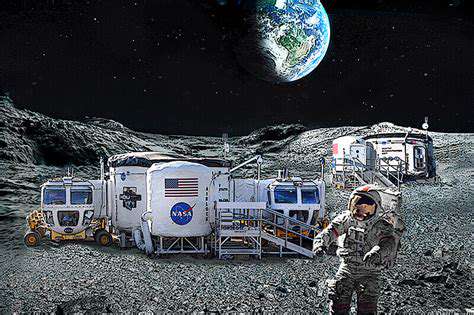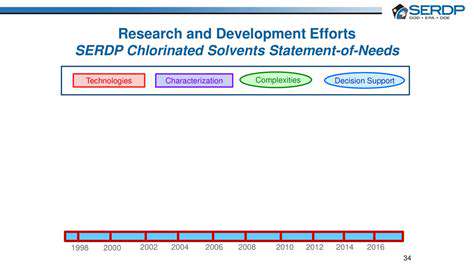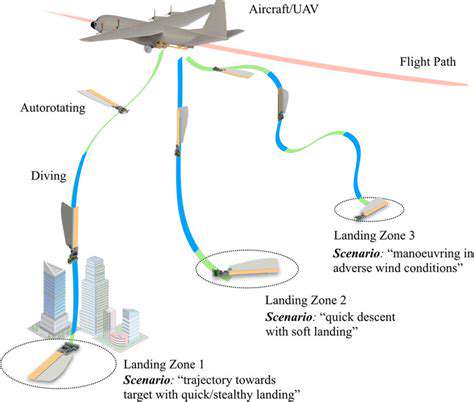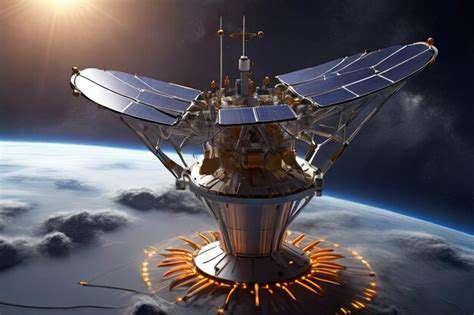Lunar water ice, a significant volatile resource on the Moon, holds immense potential for sustaining future lunar missions and enabling the establishment of a self-sufficient lunar base. Its presence in permanently shadowed craters, shielded from the harsh solar radiation and extreme temperatures, makes it a vital source of both drinking water and crucial components for rocket propellant production, life support systems, and various other applications. Understanding the distribution, composition, and accessibility of this ice is crucial to developing effective extraction techniques and maximizing its utility for lunar exploration and utilization.
The presence of water ice on the Moon is a game-changer for future lunar colonization and resource utilization. It's not just about having water; it's about the potential for a closed-loop system where water can be used to produce oxygen and hydrogen for rocket fuel. This means a self-sufficient lunar base is no longer a distant dream, but a realistic possibility, potentially opening the way for longer-duration missions and even venturing further into our solar system.
Extraction Methods and Challenges
Various extraction methods are being considered for retrieving lunar water ice, ranging from simple solar-powered melting techniques to more complex methods involving thermal desorption and chemical processing. The challenges associated with these methods include the extreme temperature fluctuations on the lunar surface, the need for efficient energy sources in the harsh lunar environment, and the potential contamination of the extracted water by lunar dust and other materials. Overcoming these hurdles is critical to ensuring the successful and sustainable extraction of lunar water ice resources.
One significant challenge is the extreme temperature variations on the Moon. Developing technologies that can efficiently extract water ice from permanently shadowed regions requires robust equipment capable of withstanding these extreme conditions. Furthermore, the presence of lunar regolith and other potential contaminants poses a significant concern, requiring sophisticated purification processes to ensure the extracted water meets the necessary standards for human consumption and various industrial applications. Addressing these technical challenges is crucial for the economic viability and long-term sustainability of lunar resource extraction.
Another critical aspect of lunar water ice extraction is the efficiency and cost-effectiveness of the process. Minimizing energy consumption and maximizing the yield of extracted water are essential for making lunar resource utilization a practical and economically viable endeavor. These factors are crucial for the long-term success of lunar colonization efforts and the establishment of a thriving lunar economy.
The development of innovative extraction technologies and the careful consideration of potential contamination issues are paramount for the successful extraction and utilization of lunar water ice.
Current Approaches to Lunar Volatile Extraction
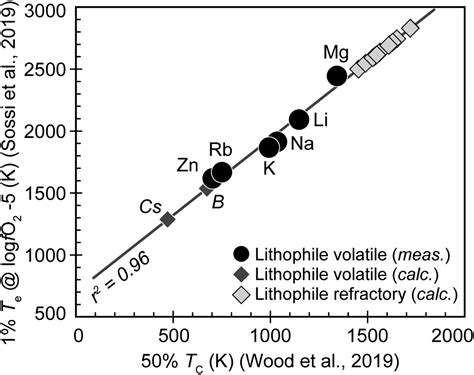
Current Methods for Lunar Volatiles Detection
Various techniques are employed to detect and characterize lunar volatiles, each with its strengths and limitations. Remote sensing, utilizing instruments like spectrometers aboard spacecraft, provides valuable data on the surface composition and potential presence of volatiles. This method often observes the reflected light from the lunar surface, analyzing its spectrum to identify specific molecules. This approach is relatively inexpensive and can cover large areas, but it can be challenging to definitively confirm the presence of volatiles due to potential interference from other surface materials.
In situ analysis, performed by landing missions and rovers, offers a more direct approach to lunar volatile characterization. These missions often deploy instruments to directly sample and analyze the lunar regolith, offering a much more precise understanding of volatile concentrations and distribution. This approach allows for a deeper understanding of the elemental and molecular composition of the lunar material, but it is often more costly and limited in the area it can cover compared to remote sensing.
Challenges in Lunar Volatile Exploration
Lunar volatiles are notoriously difficult to detect and study due to their low abundance and the challenging lunar environment. The extreme temperature variations between lunar day and night pose significant challenges for the stability of volatile compounds. The vacuum of the lunar surface also presents a unique challenge, as it can cause volatile compounds to sublimate or be lost to space. These factors require sophisticated instruments and strategies for effectively sampling and analyzing lunar volatiles.
Another significant challenge lies in the accurate interpretation of data. The complex interaction between solar radiation, micrometeoroids, and lunar surface materials can lead to the alteration and modification of volatile compounds, making it difficult to ascertain their original abundance and distribution. Precisely understanding these complex interactions is critical for accurate interpretation of lunar volatile data.
Future Directions in Lunar Volatile Research
Future research on lunar volatiles will likely focus on combining remote sensing and in situ analysis for a more comprehensive understanding. This integrated approach will allow scientists to leverage the wide-area coverage of remote sensing with the high-resolution capabilities of in situ analysis. This synergy will pave the way for a more detailed characterization of lunar volatile reservoirs and their potential implications for lunar resource utilization.
Further development of advanced analytical techniques, such as high-resolution mass spectrometry, will be crucial for identifying and quantifying trace volatiles. Improved understanding of the dynamic interactions within the lunar environment, including the effects of solar wind and micrometeoroid bombardment, is also essential for accurate interpretation of the data.
Significance of Lunar Volatiles
Understanding the distribution and abundance of lunar volatiles is crucial for both scientific and practical reasons. From a scientific perspective, it provides insights into the early history of the Moon, including its formation and evolution. The presence and potential accessibility of volatiles could also have significant implications for future lunar exploration and resource utilization.
The discovery of water ice in permanently shadowed craters has sparked significant interest in the possibility of using lunar water as a resource for future lunar missions. This would potentially reduce the need for transporting water from Earth, lowering costs and increasing the feasibility of long-term human presence on the Moon. This is particularly important for future endeavors like establishing lunar bases and conducting extended scientific research.
The Role of Robotic Missions in Exploration
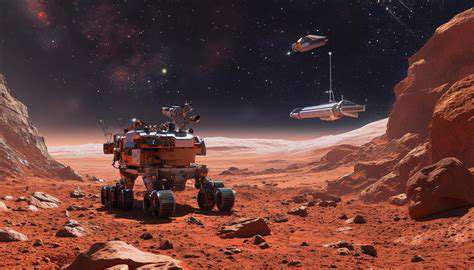
The Importance of Exploration
Robotic missions play a crucial role in expanding our understanding of the universe, enabling us to explore environments that are hazardous or inaccessible to human explorers. These missions provide invaluable data about celestial bodies, planetary surfaces, and the potential for life beyond Earth. By sending robots to these locations, we can gather a wealth of information without risking human life. This data helps us formulate hypotheses and refine our understanding of the cosmos.
The ability to withstand extreme conditions, such as extreme temperatures or radiation, is a significant advantage of robotic missions. This allows for extended observation and data collection in environments that would be impossible for humans to endure. For instance, robotic probes can operate in the harsh vacuum of space, or on the icy surfaces of distant moons, collecting samples and performing experiments that would not be feasible with human crews.
Technological Advancements
Robotic missions are a powerful driver of technological innovation. The development of new and sophisticated robotic systems, including their navigation, communication, and data analysis capabilities, continually pushes the boundaries of engineering. This drive for innovation benefits numerous fields, including medical robotics, materials science, and artificial intelligence.
The design and construction of these missions demand cutting-edge engineering solutions. From developing miniature probes for intricate planetary exploration to creating sophisticated communication systems that enable real-time data transmission across vast distances, every aspect of a robotic mission necessitates innovative approaches.
Scientific Discoveries
Robotic missions have already yielded remarkable scientific discoveries, contributing significantly to our knowledge of the solar system and beyond. The findings from these missions have revolutionized our understanding of planetary formation, geological processes, and the potential for extraterrestrial life. These missions are frequently the first to provide close-up images of distant celestial objects, offering unprecedented views of planets and moons.
The data collected by robotic missions has helped us identify potential locations for future human exploration, helping to prioritize targets for future human expeditions. Furthermore, the discoveries made through robotic missions often lead to new questions and avenues of research, fueling further scientific inquiry and exploration.
Future Prospects and Challenges
The future of robotic missions is incredibly promising. As technology advances, we can expect even more sophisticated and autonomous robotic explorers capable of tackling increasingly complex tasks and environments. These missions will be essential for further expanding our understanding of the universe and its mysteries.
However, significant challenges remain. These include the development of reliable and efficient power systems for long-duration missions, effective communication strategies across vast distances, and robust navigation systems in complex and unpredictable environments. Overcoming these hurdles is essential to realizing the full potential of robotic missions for space exploration.
Challenges and Future Directions in Lunar Volatile Extraction
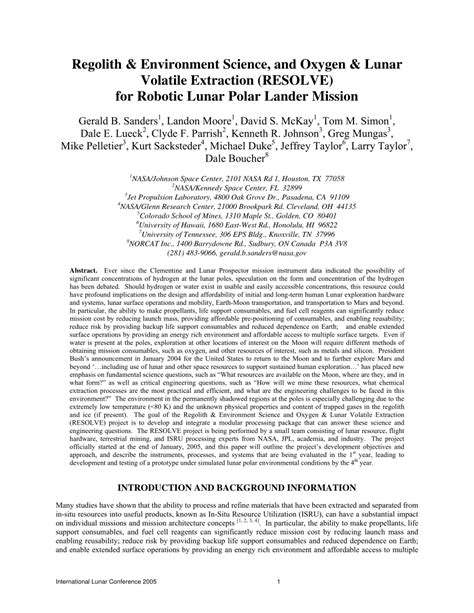
Addressing the Technological Hurdles
One of the primary challenges in the field is the ongoing development of sophisticated algorithms and models. The complexity of real-world problems often necessitates intricate solutions, demanding significant computational resources and potentially leading to limitations in scalability. Furthermore, ensuring the reliability and accuracy of these models, especially in critical applications, remains a significant hurdle.
The need for robust and efficient algorithms to handle massive datasets is paramount. This is crucial for achieving real-time processing and analysis, a key requirement in many applications, including medical diagnosis and financial forecasting. Researchers are constantly striving to refine existing techniques and develop novel approaches to overcome these limitations.
Data Availability and Quality
The availability of high-quality, comprehensive datasets is often a limiting factor in the advancement of the field. Many applications require specific types of data that may be scarce or difficult to obtain. This constraint can hinder the development and testing of new models and algorithms.
Data quality issues, such as inconsistencies, errors, and biases, can significantly impact the performance and reliability of the models. Addressing these issues through rigorous data cleaning and preprocessing techniques is essential to ensure that the models are trained on accurate and reliable information.
Ethical Considerations and Societal Impact
The increasing use of these technologies raises important ethical considerations, particularly regarding privacy, fairness, and accountability. Developing models that are both accurate and unbiased, especially in sensitive areas like healthcare and criminal justice, is a critical issue that demands careful attention. The potential for misuse and unintended consequences also requires careful consideration.
Understanding and mitigating the potential societal impact of these advancements is crucial. This includes assessing how these technologies might affect various groups and individuals, and creating strategies to address any potential inequalities or disadvantages they may create.
Collaboration and Knowledge Sharing
Effective collaboration among researchers, developers, and practitioners is essential for progress in this field. Sharing knowledge and expertise through open-source platforms and collaborative research projects can accelerate innovation and accelerate the development of new solutions. This includes fostering a culture of knowledge sharing and communication between academic institutions, industry, and government agencies.
Funding and Resources
Adequate funding and resources are essential to support research and development in this field. Significant investment in research infrastructure, personnel, and tools is critical to facilitate progress in this crucial area. This includes funding for research grants, scholarships, and development of new technologies.
Maintaining Public Trust
Maintaining public trust in these technologies is paramount. Transparency and explainability in the decision-making processes of these systems are vital for building confidence and fostering acceptance. Clear communication about the capabilities and limitations of these technologies is also essential to prevent misinterpretations and anxieties. Addressing public concerns and fostering public dialogue is crucial for the responsible and ethical advancement of these technologies.


